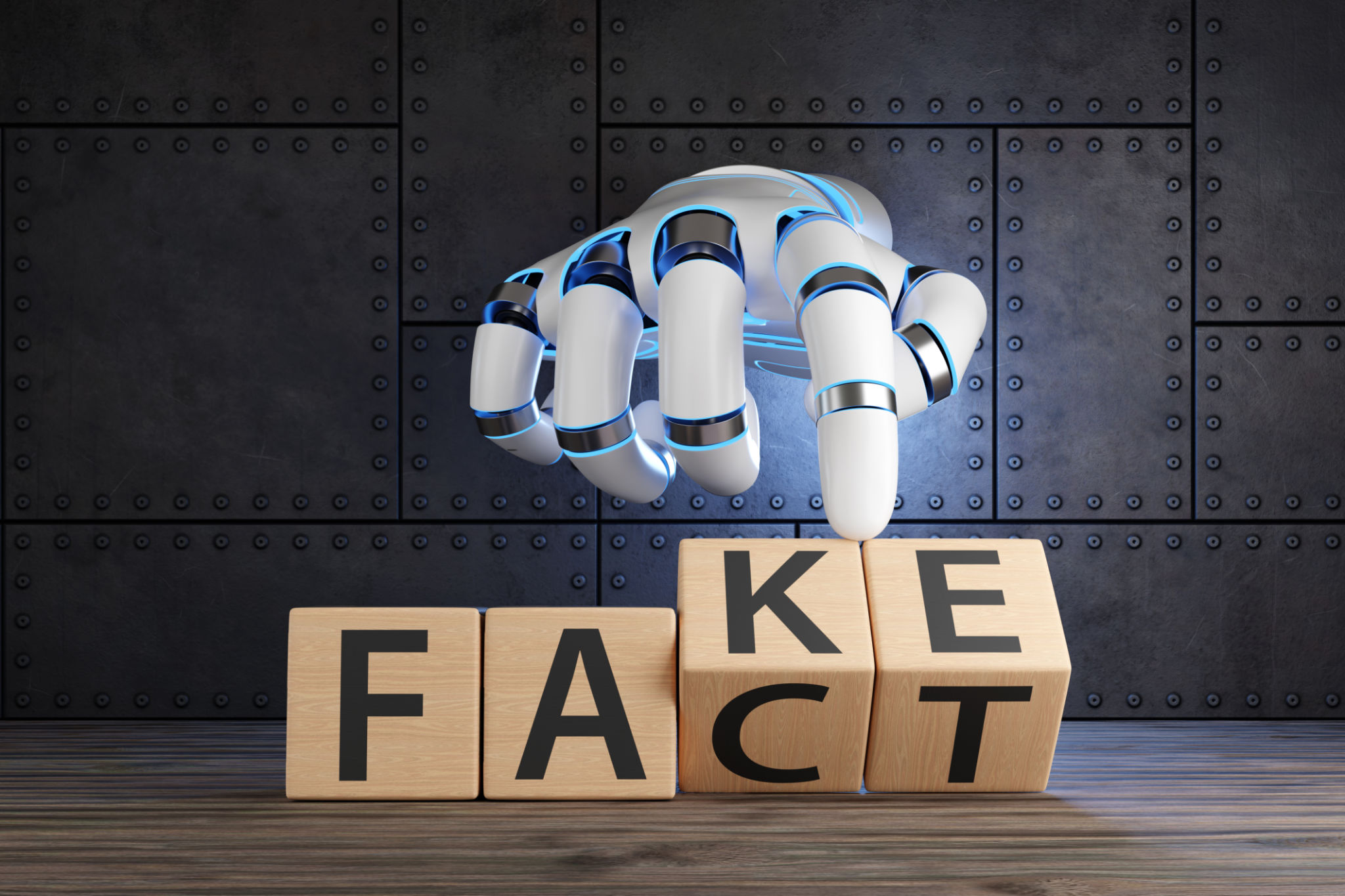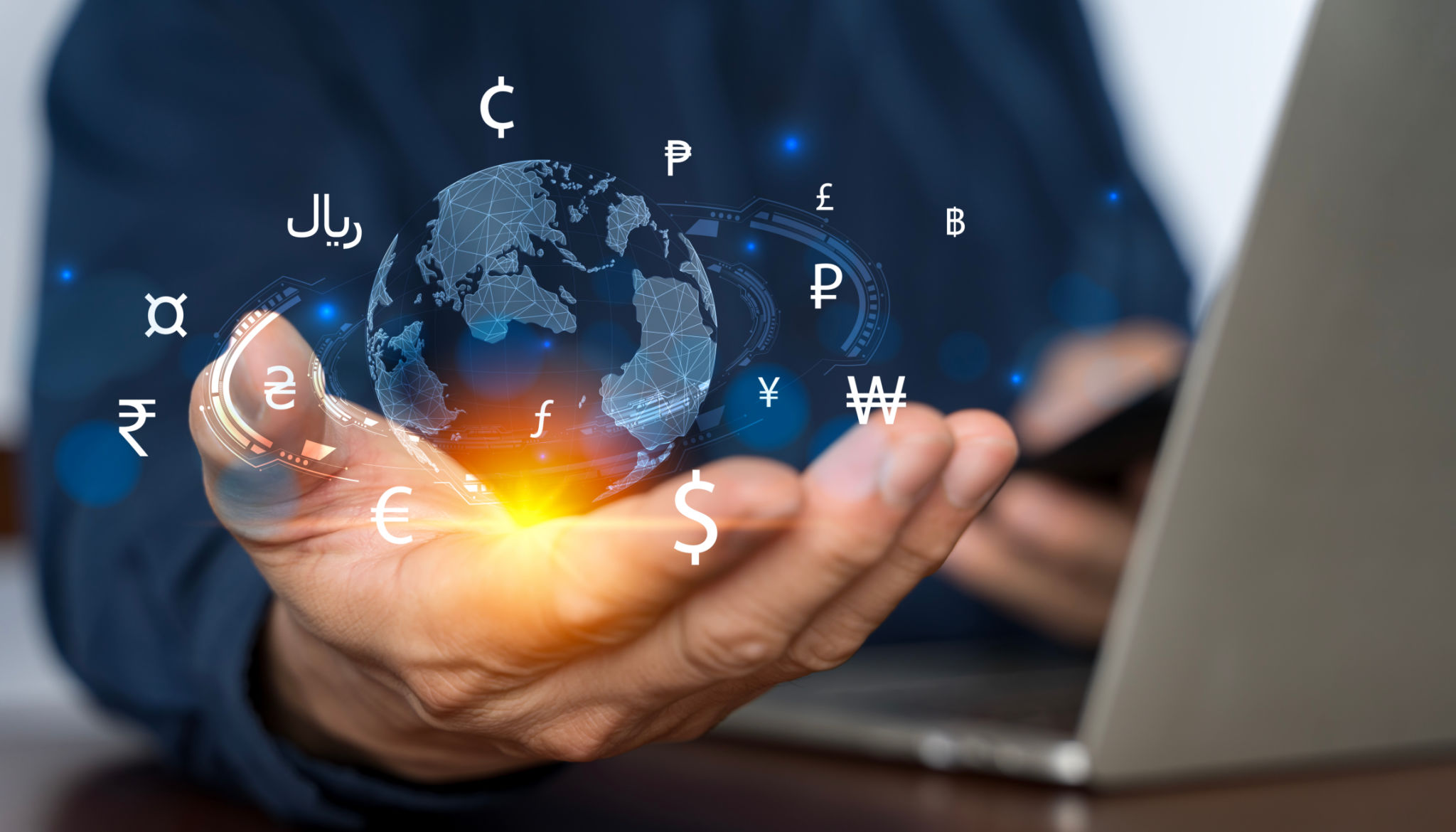How Memory Really Works (and Why It Often Doesn’t)
GT
Introduction: Why Memory Isn't What You Think.

For something that supposedly defines who we are, memory has a funny habit of behaving like it's on a permanent tea break. You can recall a 1990s TV jingle perfectly yet forget your own phone number under mild pressure. If the brain were a filing cabinet, half the drawers would be jammed shut, the other half mislabelled, and somewhere inside there'd be a Post-it note reading "find milk".
We tend to imagine memory as an archive, precise, orderly, and accessible. Neuroscience paints a messier picture. Memory isn't a storage unit but a reconstruction process, closer to improvisational theatre than data backup. Each time we "remember", the brain rebuilds the event using a mixture of stored fragments, emotional context, and imagination. It's stunningly effective and hilariously unreliable.
From an evolutionary perspective, this chaos makes sense. Early humans didn't need perfect recall; they needed useful recall, enough to remember where the edible berries grew, who nearly got them killed last time, and why licking a cave wall wasn't a long-term survival strategy. In short, memory evolved for adaptability, not accuracy. The fact that we occasionally forget why we walked into a room is simply the price of owning an organic brain rather than a hard drive.
How Memory Works (When It Actually Works).

Despite its quirks, the machinery of memory is astonishing. Neuroscientists typically describe three stages: encoding, storage, and retrieval, which together keep the lights on in your mental warehouse.
Encoding is the first hurdle: information enters through the senses and must be deemed interesting enough to record. Before anything else, the thalamus acts as the brain's gatekeeper, deciding which sensory inputs even deserve further processing. Almost all incoming signals pass through it (except those related to smell), and it filters out what's irrelevant or repetitive so that the rest of the brain doesn't drown in noise. Only then does the hippocampus step in as the organiser, binding together sensory details into a coherent experience. Think of the thalamus as the bouncer, and the hippocampus as the archivist who takes notes once the crowd gets inside.
Once admitted, information moves to storage. Short-term memory, also known as working memory, retains a limited number of facts for immediate use (approximately seven items, according to Alan Baddeley). Suppose these snippets are rehearsed or emotionally charged. In that case, they migrate into long-term memory, distributed across the cortex like a decentralised network.
Finally comes retrieval, the part that makes or breaks pub quizzes. Here, the prefrontal cortex acts as the detective, reconstructing traces from across the brain. It's never a perfect process; each recall slightly rewrites the original, which explains why your childhood stories grow taller with each retelling.
Chemically speaking, memory depends on a cast of microscopic players. Glutamate strengthens synaptic links during learning; acetylcholine keeps attention sharp; and dopamine adds the motivational "sparkle" that tells the brain, This matters, remember it! When these signals work in harmony, experience becomes knowledge. When they don't, we end up Googling our own Wi-Fi password.
Memory and Learning: How the Brain Builds Knowledge.

At its most fundamental level, memory is a form of learning, the process by which experience reshapes the brain. Each new piece of information strengthens connections between neurons, a process known as long-term potentiation (LTP). When one neuron repeatedly activates another, their link strengthens, like a well-worn footpath across a field. The more we walk it, the easier the journey.
Neuroscientists refer to this phenomenon as neuroplasticity, and it underpins everything from language acquisition to the creation of guitar solos. Novelty and attention turbo-charge it; boredom kills it dead. Repetition helps, but only if spaced out over time. That's why the spacing effect works better than cramming. Our neurons need rest periods to consolidate what they've learned.
In educational terms, this means doing beats reading about doing. Retrieval practice, testing yourself, summarising aloud, or explaining to someone else, activates the very circuits that store long-term memory. The same goes for emotional engagement; if the content matters to you, it sticks.
Dean Burnett might put it like this: "If you've ever revised for an exam and remembered everything after it ended, congratulations, you've just experienced posthumous learning." The brain, ever contrary, often delivers insights only when the pressure is gone.
Emotion and Memory: Why Feelings Glue Experiences Together.

If memory is the brain's scrapbook, emotion is the glue, sometimes clear and neat, sometimes industrial-strength and messy. Decades of research, notably by neuroscientist James McGaugh, show that emotionally charged events trigger stronger consolidation. The amygdala, our brain's emotional alarm, sends chemical messengers (adrenaline and cortisol) that tell the hippocampus, Store this, it's important.
That's why you can vividly recall your first heartbreak, yet forget what you had for lunch two days ago. Emotional arousal doesn't guarantee accuracy, though. "Flashbulb memories", those vivid recollections of shocking events, feel photographic but are notoriously unreliable. Studies show that they degrade over time, just like ordinary memories; we simply trust them more because they seem clear.
In Emotional Ignorance, Burnett highlights how unpredictable emotions can be in shaping recall. A joyful surprise might be remembered forever, while prolonged anxiety can blur entire months. The system prioritises significance, not chronology.
Embarrassment is particularly potent. The amygdala treats social threat like mortal danger, engraving those cringeworthy moments deep into neural tissue. Meanwhile, joy, pride, or relief provide equally strong but pleasant anchors. In short, feelings don't just colour memories; they decide which ones exist at all.
Why We Remember Faces but Not Names.

There is something deeply unfair about meeting someone new, instantly recognising their face weeks later, and having absolutely no idea what they are called. The human brain excels at faces. Names, not so much.
The reason lies in the way our brains evolved. The fusiform face area, located in the temporal lobe, is a specialised network devoted to recognising faces. It allows us to detect tiny differences in features and expressions, which was once a matter of life and death. Knowing whether the person approaching was friend or foe mattered far more than remembering they were called Dave.
Names, on the other hand, are abstract symbols with little sensory content. They offer no visual or emotional cues to latch onto. Unless the name links to something meaningful or amusing, the brain doesn't encode it with much enthusiasm. The hippocampus needs a hook, and "Susan" by itself doesn't provide one.
Dean Burnett might say that forgetting names is less about rudeness and more about biology quietly sabotaging your social life. Fortunately, techniques such as association (imagining "Rose" holding a bouquet), repetition, or linking the name to an emotional impression can enhance recall. Memory thrives on context, so giving a name something to hang onto is half the battle.
Memory's Enemies: Stress, Age, and Interference

For a system that defines human intelligence, memory is surprisingly fragile. It faces constant attacks from stress, ageing, and the simple problem of interference.
Stress is the most immediate threat. When cortisol floods the system during anxiety or prolonged tension, it impairs the hippocampus and disrupts encoding. The amygdala, which drives emotional alarm, grabs control of attention, leaving little mental space for detailed learning. That is why people often forget information received during a crisis. The brain prioritises survival, not record-keeping.
Working memory also has strict limits. Baddeley's research shows that we can juggle only a few chunks of information at a time. When attention is divided or the incoming data is too similar, new material overwrites the old. This is interference theory in action: the reason you might forget your new PIN is that it resembles your old one.
As for ageing, it tends to slow retrieval rather than erase storage. Older adults usually retain vast stores of knowledge, but the neural connections that retrieve it become less efficient. The process is more like a well-stocked library with a slower librarian than an empty bookshelf. Encouragingly, research on neuroplasticity shows that continued learning, social engagement, and exercise help maintain both memory and mental agility well into old age.
False Memories: The Brain's Convincing Lies.

Memory is not a recording; it is a reconstruction. Every time you recall something, your brain rebuilds it using fragments, emotion, and imagination. This process keeps memories flexible but also opens the door to distortion.
Psychologist Elizabeth Loftus demonstrated how easily memories can be altered. By planting subtle suggestions, she showed that people could be led to "remember" events that never happened, such as being lost in a shopping centre as a child. The experience feels real because the same neural patterns are activated as they are for genuine memories.
Daily life provides plenty of examples. Families often tell the same stories so frequently that members begin to recall details they never witnessed. Entire groups share collective misrememberings, such as the so-called Mandela Effect, where large numbers of people confidently recall a detail that never existed.
Burnett might put it bluntly: "Our brains lie constantly, but at least they do it convincingly." False memories are not signs of weakness but side effects of an efficient, reconstructive system that prioritises coherence over accuracy. The same creativity that helps us imagine the future also lets us edit the past.
The Memory Factory: Sleep, Rehearsal, and Repetition.

If the hippocampus is the archivist of experience, sleep is the overnight filing department. During deep sleep and REM stages, the brain replays neural patterns from the day, strengthening important connections and trimming unnecessary ones. This process, known as memory consolidation, is why a good night's sleep can make yesterday's revision suddenly click.
Studies using brain imaging have shown hippocampal replay, where neurons fire in the same sequence they did during learning, as though the brain were practising. Without sufficient sleep, these patterns remain weak and fragmented. You might still recall the general idea, but the detail slips away like sand through your fingers.
Repetition also reinforces learning, although not in the cramming sense. Spaced practice gives neurons time to stabilise their connections before reactivation. That is why studying in shorter, distributed sessions outperforms last-minute marathons. Each revisit triggers reconsolidation, updating and strengthening the memory trace.
Burnett might joke that "cramming works brilliantly if your goal is to remember something until lunch." Neuroscience agrees. If we treat learning as a workout, sleep is the recovery phase, and rehearsal is the repetition that builds strength. Neglect either, and memory collapses under its own weight.
The Social Side of Memory.

Memory is often treated as a private affair, but in reality, it is a profoundly social phenomenon. We remember through conversation, storytelling, and shared experience. In fact, many of our strongest memories are strengthened not by solitude but by repetition in company.
Psychologists call this collaborative remembering. When people recall an event together, they fill in gaps, correct one another, and occasionally invent details to enhance their shared understanding. The process may distort accuracy, but it strengthens the emotional connection. Shared stories reinforce belonging and identity, even if the facts get rearranged along the way.
This is also why we remember events from group settings more vividly. A night out, a wedding, or a collective crisis becomes a web of overlapping recollections. Each person's version influences the others until a shared narrative emerges. Burnett might point out that this explains why no one ever remembers a night out in exactly the same way. It is evolution's way of preserving friendship while quietly editing out the more embarrassing choreography.
On a larger scale, societies form collective memories that shape how nations view their past. These are just as fallible as personal recall but far more powerful. They tell us who we are, even if the details have been tidied up by the passage of time.
The Dark Side: Trauma, Suppression, and Emotional Amnesia

Not all memories deserve preservation. Some are so distressing that the brain takes protective measures to ward them off. This is the domain of trauma, where the normal rules of encoding and retrieval can break down entirely.
In traumatic events, the amygdala floods the system with stress hormones, hijacking the hippocampus and fragmenting the memory. The result can be an incomplete or disjointed recall, where certain sensations or emotions remain vivid but the sequence of events is unclear. This is not repression in the Freudian sense of deliberate burying, but rather a survival mechanism. The brain prioritises immediate safety over neat record-keeping.
People with post-traumatic stress disorder (PTSD) often experience intrusive flashbacks. These occur because the amygdala continues to trigger partial fragments without full contextual recall from the hippocampus. In therapy, approaches such as exposure and eye movement desensitisation aim to reintegrate these fragments, helping the memory be properly stored and processed.
Burnett might describe this as the brain's way of saying, "I'll deal with that later," then forgetting where it put the paperwork. It is a reminder that forgetting, or at least compartmentalising, can sometimes be an act of survival rather than failure.
Technology, Memory, and the Modern Brain.

The modern brain faces a new challenge: it no longer has to remember as much. Our phones, browsers, and search engines act as external memory banks. This phenomenon, known as digital amnesia, reflects how readily we outsource recall to technology.
Research shows that when people know information is stored externally, they encode it less deeply. Why bother memorising a phone number when it lives in your contacts list? The convenience is undeniable, but the cost is that we form fewer internal connections. The hippocampus needs engagement to strengthen memory, and constant offloading reduces that exercise.
Attention is another casualty. The average digital environment bombards the thalamus and prefrontal cortex with constant novelty, making sustained focus a rare occurrence. When attention fragments, encoding suffers. We often skim through experiences without building solid mental maps.
Dean Burnett might note that social media has become a kind of external hippocampus, endlessly replaying the recent past for us. It helps us remember but also distorts what we recall, favouring emotional or attention-grabbing content over meaningful detail. The result is a world where everyone remembers what happened, but few remember it accurately.
Memory Across the Lifespan.

Memory changes dramatically over the course of a lifetime, reflecting the development and ageing of the brain. In childhood, the hippocampus and language systems are still maturing, which is why most people experience childhood amnesia, the inability to recall events from early years. The memories exist in fragments but cannot yet be organised into narrative form.
During adolescence, emotional intensity shapes powerful memories. The surge of hormones amplifies the amygdala, giving teenage experiences their unforgettable flavour. That is why songs, friendships, and first loves from this stage leave a lasting imprint. The brain is effectively in its most fertile state for encoding.
By adulthood, memory becomes more efficient but less emotional. Experience and reasoning replace novelty and intensity. We rely more on patterns and familiarity, which can make life feel stable but also repetitive. Later in life, retrieval slows as neural pathways age, though emotional memory often grows stronger. Older adults tend to recall positive events more readily, a pattern known as the positivity effect, which serves to protect wellbeing.
In essence, the story of memory across the lifespan is one of adaptation and change. The brain trades speed for wisdom, novelty for stability, and detail for meaning. Burnett might summarise it as the mind's ongoing negotiation between remembering enough to learn and forgetting enough to stay sane.
Chemical Signatures of Memory.

Every thought and recollection is written not in ink but in chemistry. Neurons talk through electrochemical pulses, and the patterns they form are held together by a delicate cocktail of neurotransmitters and hormones. These substances decide what gets noticed, stored, and retrieved.
Dopamine plays a starring role. Released when something feels rewarding or novel, it signals to the brain that the experience is significant. A surge of dopamine strengthens the connections between neurons, tagging the moment as significant. This is why emotionally exciting or surprising events tend to linger in memory.
Norepinephrine sharpens attention during alert states, especially when something unexpected occurs. It prepares the brain to encode information quickly, which is useful in emergencies. Serotonin, on the other hand, stabilises mood and consistency, helping the brain maintain focus and resist distraction during learning.
Hormones also have their say. Cortisol, released during stress, can either enhance or impair memory depending on dosage and timing. A brief spike can aid learning, while chronic exposure damages hippocampal neurons. Meanwhile, estrogen and testosterone influence memory differently across the sexes, particularly in tasks involving spatial and verbal recall.
Finally, the protein BDNF (Brain-Derived Neurotrophic Factor) acts as a fertiliser for neural growth, supporting new synaptic connections and long-term plasticity. Exercise, adequate sleep, and enriched environments increase BDNF, which helps explain why active and curious lifestyles protect cognitive health.
Burnett might sum it up like this: "Your memories are brewed in a neurochemical cocktail shaken daily by hormones, habit, and hope." Ultimately, memory is as much a product of chemistry as it is of consciousness.
Memory, Identity, and the Self.

Our memories do more than store facts. They build the story of who we are. Psychologists refer to this as autobiographical memory, a mental timeline that lends coherence to life. Without it, identity fragments.
The sense of self depends on the ability to recall past experiences and project them into imagined futures. Each remembered episode becomes a thread in the narrative we tell ourselves. These recollections are not perfect records but interpretations, constantly rewritten to maintain emotional continuity. We remember what fits the story of "me" and quietly discard what does not.
This is why memory biases such as confirmation and hindsight exist. They help us maintain a stable sense of self, even when reality disagrees. People who lose autobiographical memory through injury or illness often report a distressing sense of detachment, as if they no longer know themselves. In such cases, rebuilding memory is also a process of rebuilding identity.
Burnett might describe this wryly: "You are only as consistent as your latest recollection of yourself." In that sense, every act of remembering is also an act of creation. Memory is not just evidence of a life lived but the ongoing script that makes it meaningful.
Why Forgetting Is Actually Good for You.

Forgetting has a bad reputation. We curse it when it causes us to miss appointments or lose keys. Still, biologically, it is one of the most useful functions the brain possesses. Far from being a flaw, forgetting is an adaptive response.
The brain stores far more information than we could ever consciously manage. To stay efficient, it prunes weak or unnecessary connections, a process similar to decluttering. By removing outdated or irrelevant data, the brain keeps its networks flexible and responsive. This synaptic pruning supports learning by preventing overload.
Emotionally, forgetting helps regulate wellbeing. Holding on to every grievance or mistake would be paralysing. Selective memory allows us to let go, forgive, and move forward. It also fuels creativity, since gaps in recall encourage the brain to improvise and recombine ideas.
In short, forgetting is the mind's built-in housekeeper. Burnett might joke that "selective memory is less a flaw and more a feature, like an overenthusiastic cleaner who sometimes throws out receipts you still need." It may be inconvenient at times, but it keeps the cognitive system running smoothly.
Conclusion: Memory, Meaning, and the Messy Mind.

Memory is not a library of facts but a living, breathing process. It selects, edits, and reinvents, shaping how we understand ourselves and the world. It is fragile, often inaccurate, yet endlessly creative. Without it, we would have no sense of continuity. With it, we gain both wisdom and confusion in equal measure.
Neuroscience shows that remembering and forgetting are two sides of the same adaptive coin. Together they form the foundation of learning, emotion, and identity. The imperfections we grumble about are not design flaws but evolutionary trade-offs that keep us sane in a world of constant change.
Dean Burnett would likely end with a grin: "Our brains are storytellers pretending to be filing systems. It is a miracle we remember anything at all." And perhaps that is the point. Memory is less about perfect recall and more about meaning. The very act of trying to remember reminds us that we are still alive, still learning, and still writing the story of who we are.
About the Author
Written by Steve Jones, Genesis Therapy, a coach specialising in stress resilience and brain-based strategies. Helping people from all walks of life rewire overthinking, manage anxiety, and build the confidence to handle everyday pressure with strength and calm.
